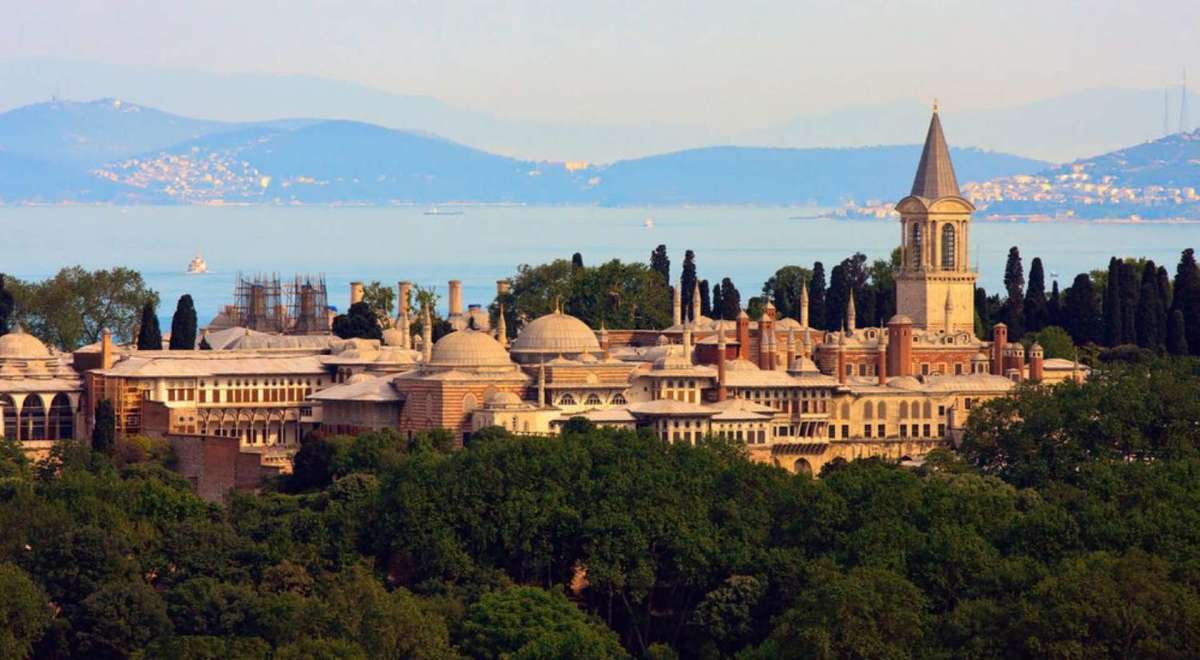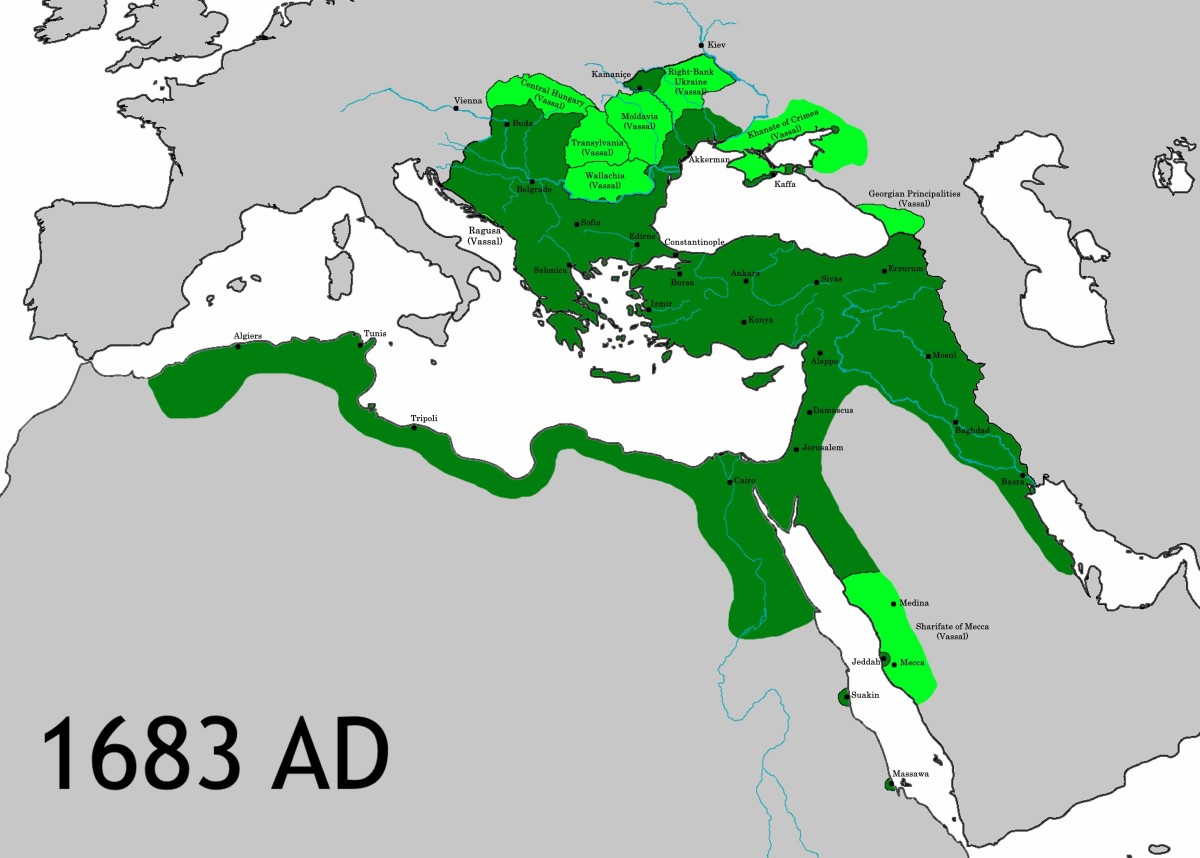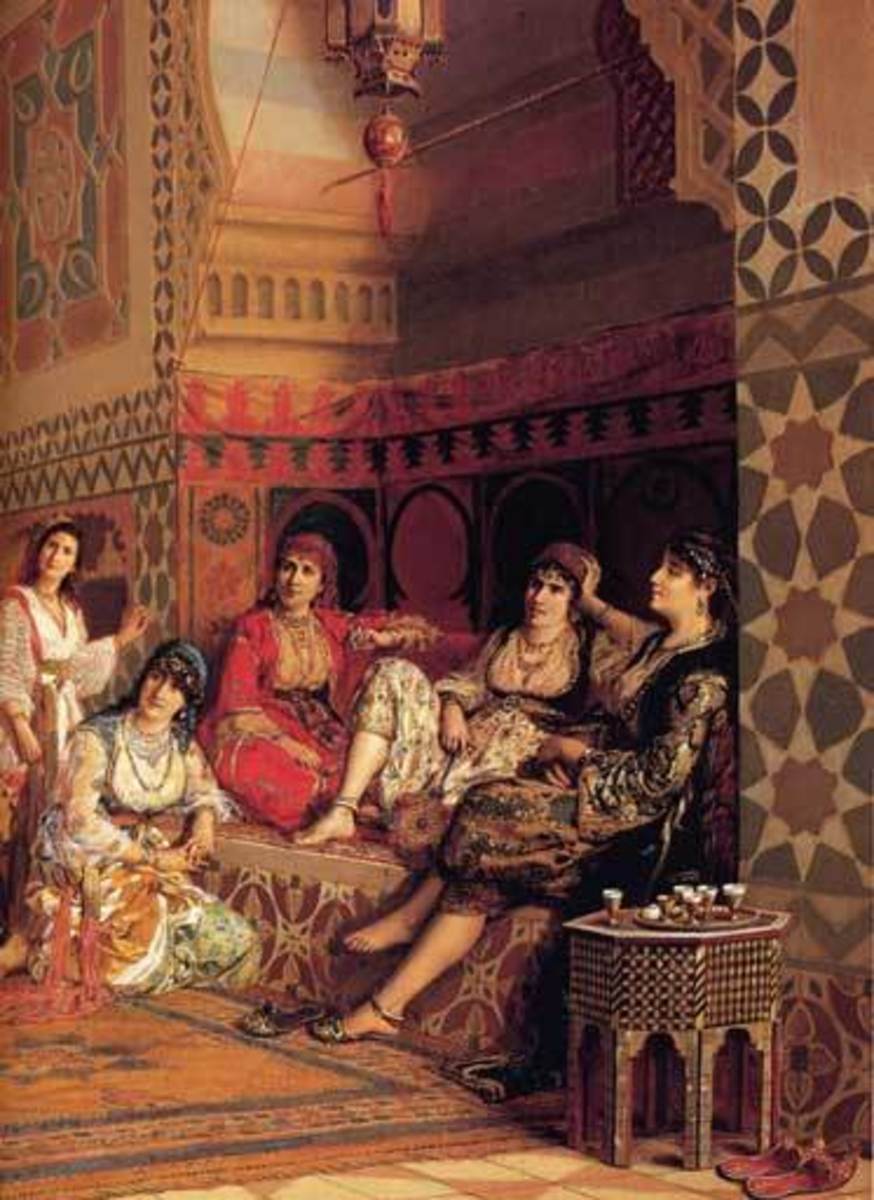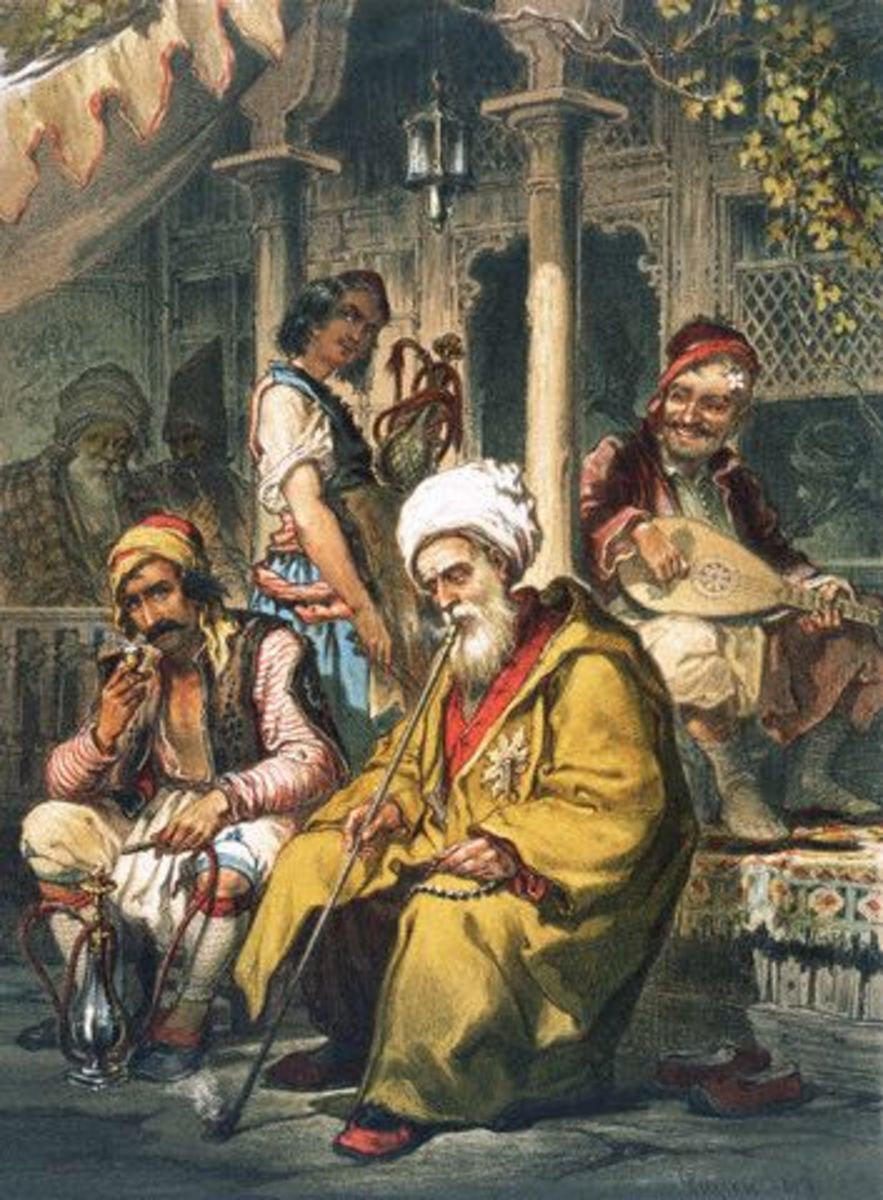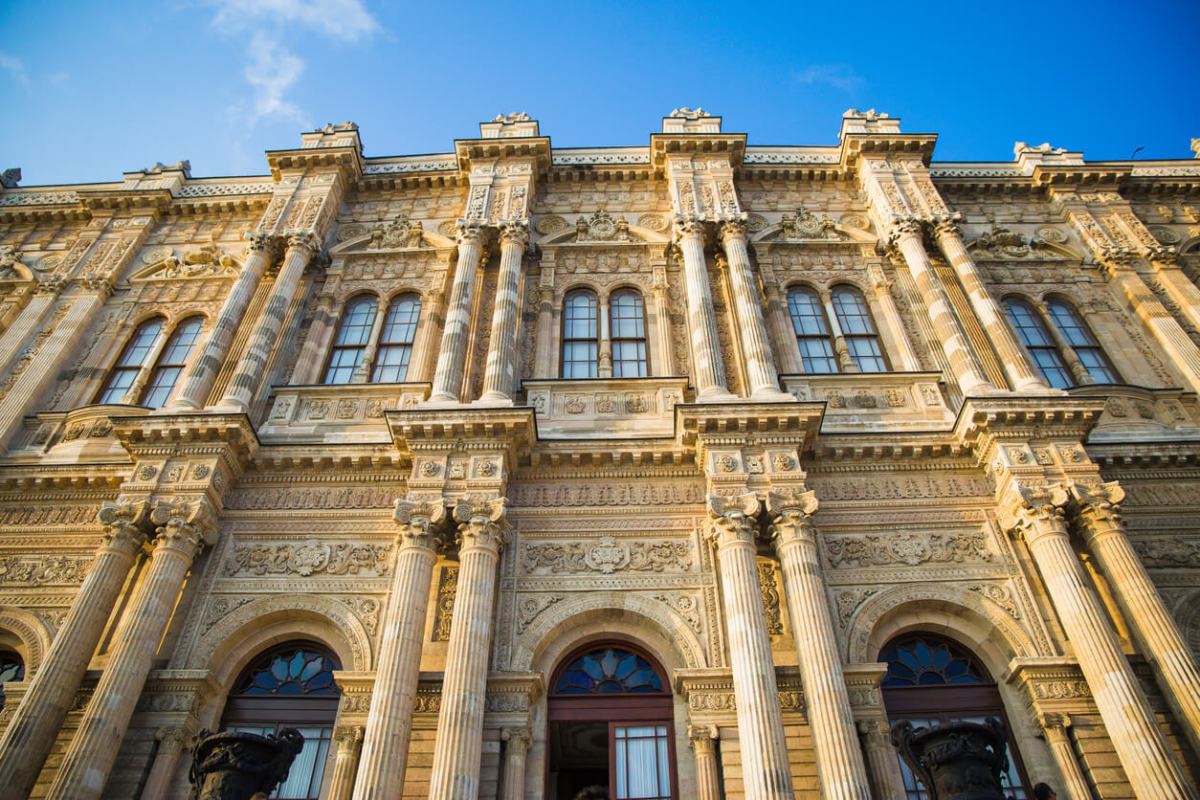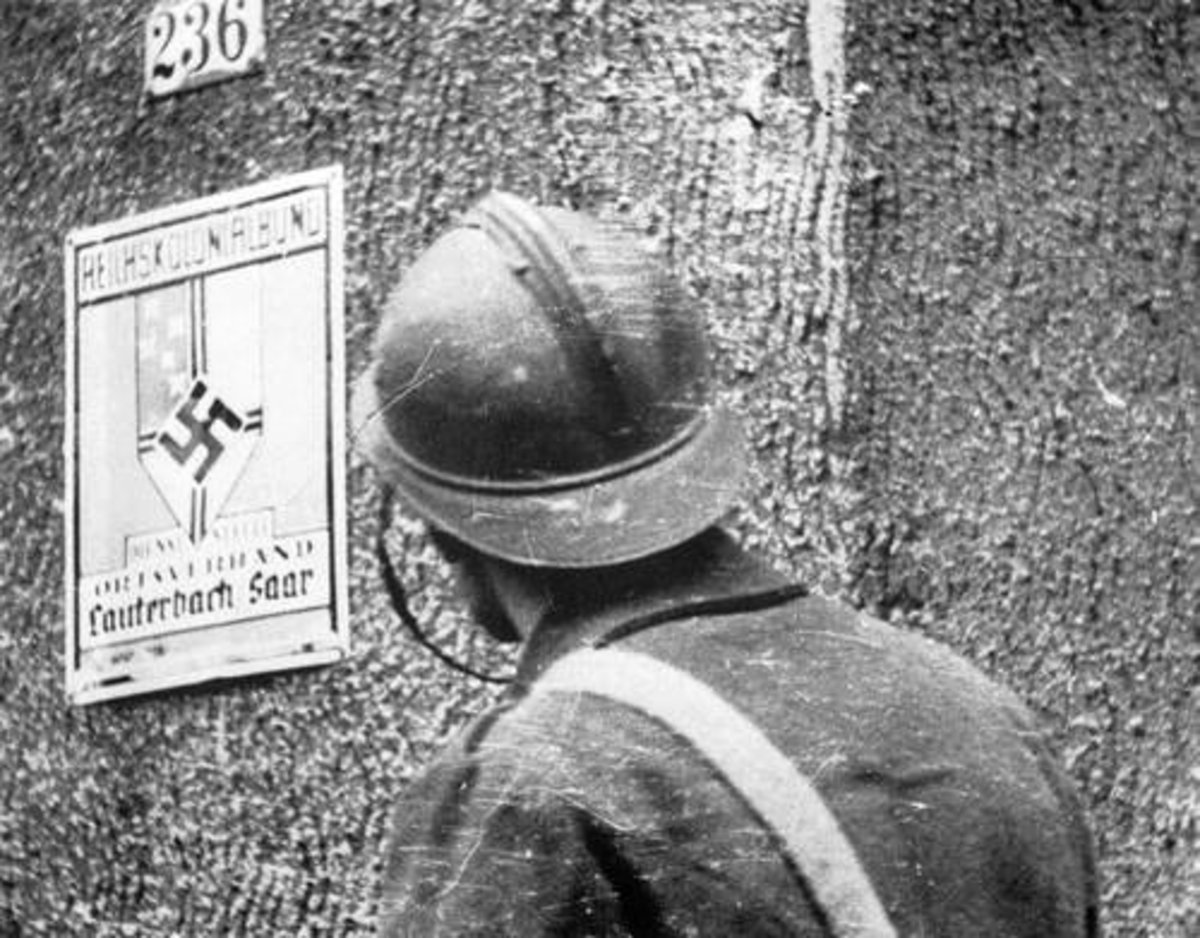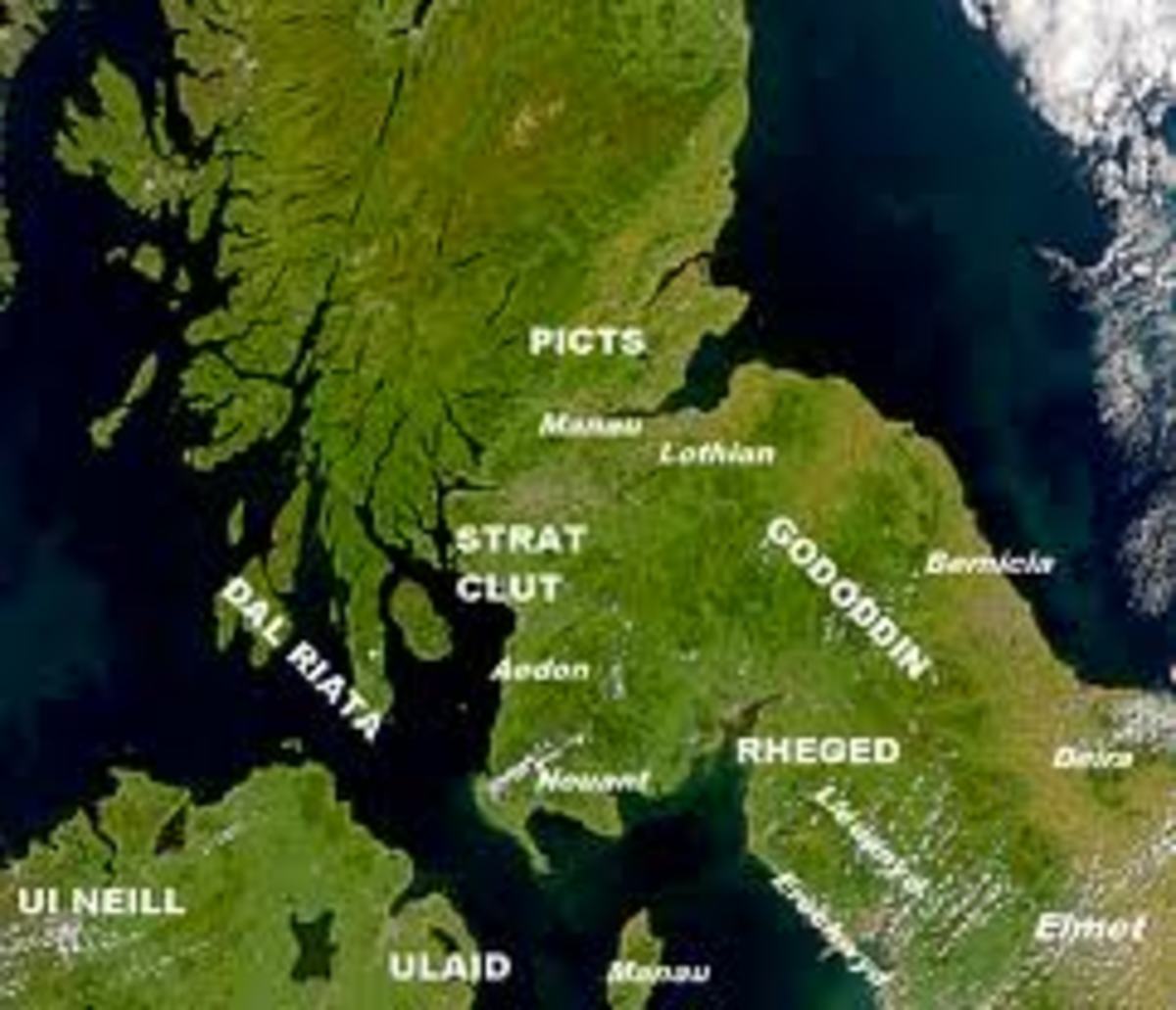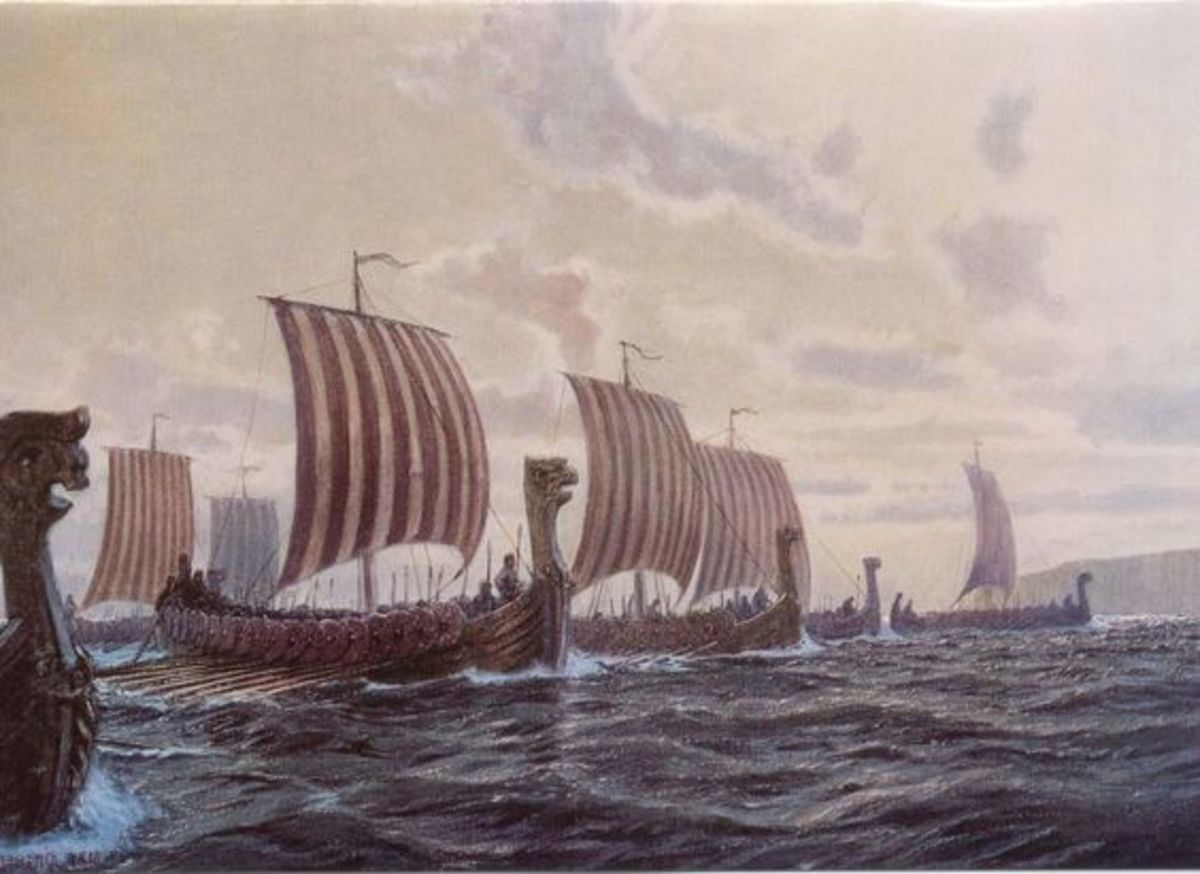Did External or Internal Factors Play a Major Role in the Modernization Reforms of the Ottoman Empire in the 19th Centur
Were the sultans or the statesmen that ruled the empire in the 19. century primarily driven by external pressures (i.e. Western countries’ pressure on the Ottoman Empire to protect non-Muslim minorities or Ottoman statesmen’ belief that they should be militarily strong in order to win the wars) or the ideological commitments about inherent superiority of certain ideals coming from the Western countries in carrying out their reforms?
Ottoman Empire was one of the most powerful Empires in the world history which ruled over many parts of Asia, Africa and Europe and spanned more than 600 years. In the 19th Century, there were modernization reforms going on which were influenced by both external and internal factors. This essay aims to discuss both factors the played crucial roles in the reforms in the 19th Century. There have been Western countries’ pressure on the Ottoman Empire to protect non-Muslim minorities and Ottoman statesmen wanted to be militarily strong in order to win the wars. Nevertheless, ideological commitments about inherent superiority of certain ideals coming from the Western countries also played a vital in carrying out reforms. There were several actors who were involved in this process. The most important names are Sultan Selim III, Sultan Mahmut II, Abdülmecid I, Abdülhamid II, İbrahim Şinasi, Namık Kemal and so on and so forth. In the following, I will be discussing things in details.
First of all, I want to start with Sultan Selim III (1789–1807). He became Sultan in 1789. He was interested in Europe even before he got the power. Several important things took place in the Ottoman Empire during his time. Just after three years of his accession, Ottomans had to accept British and Prussian mediation alongside with Russia. Ottoman army was very desperate. Sultan launched ‘Nizam-i Cedid’ to bring reforms which sought to strengthen state institutions against external and internal enemies. Sultan tried to create a large, modern and European-style army. And of course, it requires lots of money. It also necessitates adopting modern Western education system in order to recruit people in the army as well as in the bureaucracy. Sultan brought foreign instructors and most of them were French. As a result, western ideas started to come into Ottoman Empire which was very obvious. The students also started to learn French. Moreover, after the French Revolution, Nationalism was introduced into the Ottoman Empire. Sultan’s ruling finally ended up with overthrowing him from his position by the şeyhülislam who issued a fatwa which stated that the reforms he made were not compatible with religious law. Here, we can see that, an external factor played a role that led the Sultan to launch ‘Nizam-i Cedid’.
After Sultan Selim III, Sultan Mahmut II ruled over the Empire from 1808–39. The most important crisis during his time was the conflict between him and the governor of Egypt. Consequently, the major European powers’ interest in the Ottoman Empire increased tremendously. Sultan Mahmut tried his best to strengthen his Empire through military, administrative and fiscal reforms. He formed new administrative and legal structures. He also created ‘Muallem Asakir-i Mansure-i Muhammadiye’ (Trained Victorious Soldiers of Muhammad). He abolished the corrupt Janissary corps in 1826 which is known as the Vaka-i-Hayriye in the Ottoman history. He established military academy and in 1827 for the first time he sent a small group of students to Europe for training. He was the first sultan portrayed as a Modern Ruler and the conservatives used to call him ‘Gavur Sultan’.
After Mahmut, his son Sultan Abdülmecid I (1839–61) became the Sultan. He declared a reform edict called ‘Tanzimat Edict’ which guaranteed security of life, property and honor for all the Ottoman citizens regardless of their religion or race. Erik Jan Zurcher says in Turkey, A Modern History, “There can be no doubt that the continuous external pressure was an important incentive for the internal administrative and legal reforms announced during the period of the Tanzimat (1839–71)” (p. 50)
The Tanzimat era brought reforms in judicial system. Generally, there was a dual system in the Empire. It includes the decrees issues from Sultan and the Islamic Canon Law. But, Tanzimat brought secular laws and traditional kanun system was replaced mainly where the changing position of the foreigners in the Empire or the Ottoman Christians demanded it.
Ater the Treaty of Kucuk Kaynarca, the Russians got the right to navigate in the Black Sea. In May 1853, the Russian diplomatic representatives to Istanbul demanded the right to protect not only the Orthodox Church but also the Orthodox population which is more than a third of its inhabitants. The Porte refused to give in. Russia threatened to occupy the principalities of Wallachia and Modavia if the Porte did not accept its demands and finally their troops crossed into the principalities. On 28 March 1854, the war was officially declared. A peace conference was held in France in February-March 1858 and it led to the creation of a peace treaty.
The internal factors also played a significant role to the modernization reforms of the Ottoman Empire. There were some intellectuals who were committed to some ideas that were invented by the Westerners like liberalism so on and they wanted to bring a change in the Ottoman system. Of the intellectuals who tried to reform was Mustafa Reşit Pasha and then Ali Pasha and Fuat Pasha.
İbrahim Şinasi was the chief editor of a newspaper called the Tercüman-i Ahval. He studied in Paris. When he came back home from Paris he back as a modernist with liberal ideas. He then started publishing his own newspaper named the Tasvir-i Efkâr which later became a tool to criticize the government. In 1865 Şinasi escaped to Paris. Then, another very important figure emerged whose name is Namık Kemal. He became the editor of the Tasvir-i Efkâr and with his editorship the newspaper became more radical.
In the late 1850s and 1860s, Germans wanted to create an economic and military influence in the Ottoman Empire. Sultan Abdülaziz ruled over the Empire from 1861–76. Some Ottoman politicians, for example, reformer Mithat Pasha (a minister without portfolio), Hüseyin Avni Pasha, Süleyman Pasha, and the Şeyhülislam Hayrullah Efendi executed a coup and overthrew Sultan Abdülaziz on 30 May 1876. Then, Murat V (1876) became the Sultan who was close to the Young Ottomans and who had been in touch with Mithat Pasha through Namık Kemal and Ziya Pasha. Later, Namık Kemal and Ziya Pasha were appointed as palace secretaries.
Now, I want to discuss about the Bulgarian crisis and war with Russia which also has a connection with the reform process in the Ottoman Empire. By 1876, the situations in the Balkans became very bad. Serbia declared war against the Empire in June 1876 but later it had to appeal for a ceasefire.
Abdülhamid II ruled over the Empire from 1876–1909. We can see a shift of the ideology during his time. The Sultan was against the western liberalism, nationalism and constitutionalism and put emphasis on tradition and religion. The outsiders and non-Muslims communities in the Empire thought that the Empire had become fanatic. By 1864, many Muslims migrated to Ottoman land. By 1877-1878, the Empire lost about a third of the territory and over one fifth of its population.
During Abdülhamid’s time, the students in Mülkiye and Harbiye started to be attracted with liberal ideas. Young Ottomans also played a crucial role in this. There had been two armed attempts to remove the Sultan but both failed. A former Young Ottoman Ali Suavi led one one the attempts. In September 1896, the Istanbul branch of CUP tried to organize a coup. In June, 1908, the Russian tsar and King Edward VII met at Reval. When the rumour that Britain and Russia agreed to partition the Empire reached Salonica, the CUP decided to act. The officers of the Committee demanded to restore the constitution and when the troops refused to fight the rebels Sultan had to back down and the parliament was reconvened after 30 years.
To sum up, it can be said that, the modernization reforms of the Ottoman Empire in the 19th Century happened because of both external and internal factors. Because of the external pressure, The Ottoman frequently needed to revise and change its system, policies and laws. And it was not free from the internal pressure either. A group of intellectuals and activists truly played a very major role to bring modernization reforms in the Empire in 19th Century.

